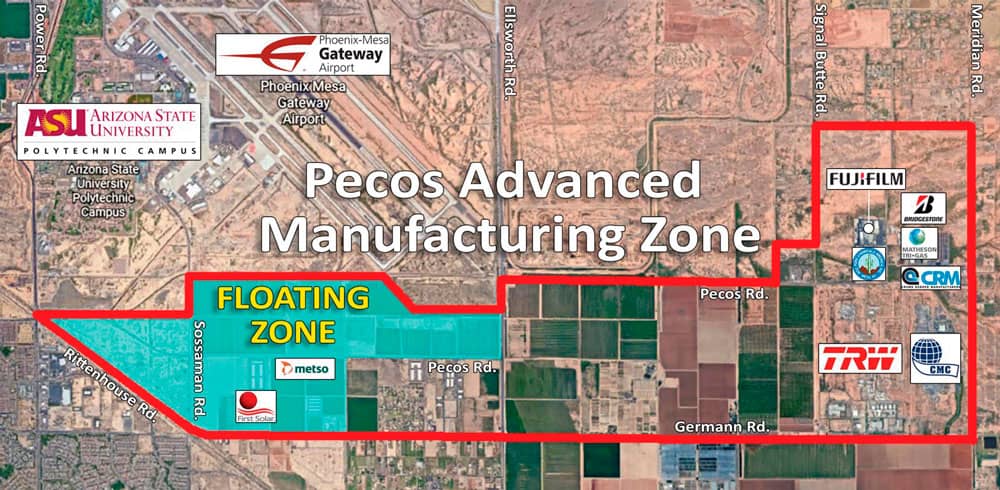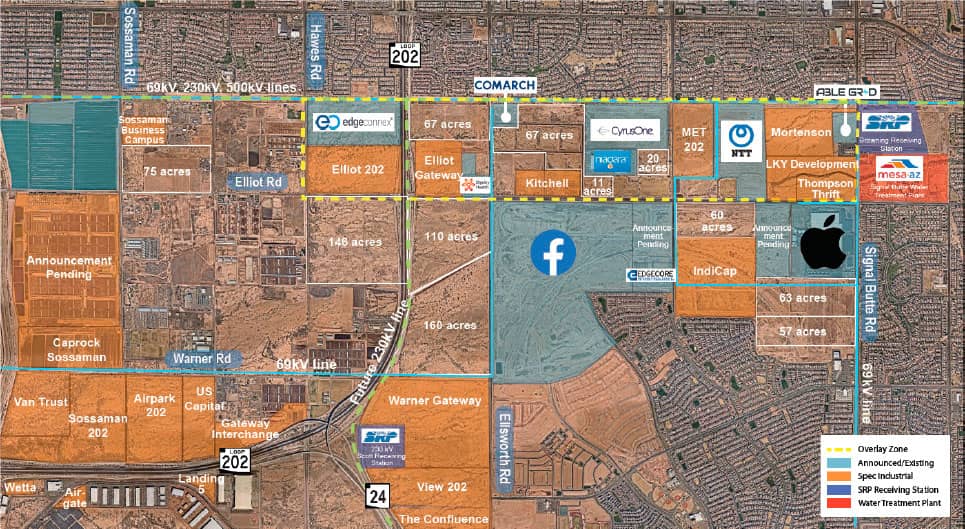Mortgage rates jumped to a national average of 7.33% on April 17 on the news that inflation was stickier than expected and that the Fed would not be cutting rates anytime soon (or even at all in 2024).
But even before this news, real estate buyer demand was 5% lower in the first quarter than during the same quarter of 2023 and down approximately 26% from the first quarter of 2020 (pre-COVID). Despite softer demand, according to data prepared by the Arizona Regional MLS, the median sales price is 5.65% higher year-over-year. So even though demand has softened and homes are sitting on the market longer – prices are stable.
The stability can definitely be attributed to limited housing inventory, but it is also reflective of the strength of our growing and diverse regional economy. We have believed for years that our population growth and robust economic development will ultimately insulate us from a national downturn. Here are some positive indicators that will help you better understand what is at the root of our growth and why we can continue to feel good about living and investing in Greater Phoenix.

Since September 2023, Greater Phoenix has reported lower unemployment rates compared to Arizona as a whole and the United States. In February the Greater Phoenix rate of unemployment was 3.3% compared to Arizona at 3.6% and the United States at 3.9%. Year-overyear, Greater Phoenix added 52,700 jobs and was ranked No. 1 in the country for manufacturing growth.
For the third month in a row, inflation in Greater Phoenix has stayed below the national average. In February, inflation in Greater Phoenix was at 2.2% compared to the United States inflation rate of 3.2%.
The CHIPS and Science Act funding continues to stimulate growth in Greater Phoenix with $6.6 billion in funding awarded to TSMC along with an announcement that the Taiwanese chipmaker will build a third fab in North Phoenix. Intel was awarded $8.5 billion in CHIPS and Science Act funding, which will help the company build two semiconductor plants and grow their employment base from 13,000 jobs to 16,000 jobs. The growth of TSMC and Intel have also resulted in 20 semiconductor or supplier related companies locating to Greater Phoenix in the past two-and-a-half years. Many of those companies are just beginning to set up shop and have not yet started hiring.
Mesa is growing rapidly and is on pace to surpass Tucson as the second largest city in Arizona within the decade. On top of growth, the zip code surrounding Phoenix-Mesa Gateway Airport, 85212, is the number one zip code for spec industrial space under construction in the entire United States according to a report by the CoStar Group.

Montreal-based Xnrgy Climate Systems broke ground on their $300 million United States headquarters in Mesa at Gateway Airport this week. They will be building a 1 million square-foot production space and are expecting to create 2,000 jobs. Pentagon Technologies also announced last month that they will be making a $50 million investment in Mesa to build a semiconductor equipment cleaning facility that will create hundreds of new jobs. These are just two of many businesses locating or expanding in Mesa and the region.
What about water? The two worst years of national water press have ironically brought us two incredibly wet winters. In 2023, the Salt River Project (SRP) had such a surplus that they had to release an excess of water down the Salt River from the dams. By contrast, 2024 provided the perfect amount of winter precipitation. The reservoirs are between 92% to 96% full (depending on the lake), leaving plenty of room for the snow melt. Arizona has spent decades planning water usage and additionally each individual city in the region has formulated its own water portfolios.
Mesa has worked for generations to create a very robust water portfolio that is a combination of Salt River Project water, Colorado River water, and groundwater. Mesa even pumps 5 million gallons a day of extra water into an underground storage aquifer. SRP is working on a long-term expansion of the Bartlett Dam and Reservoir, which would allow for the storage of an additional year’s worth of water for 1 million homes. This will help to support continued growth in the region.
There is a lot of flux nationally and internationally that may have unforeseen impacts on our economy, however, the foundation of our local economy in Greater Phoenix is solid and will insulate us from bigger storms. We are growing organically as the result of over a decade of regional advocacy, business favorable policies, and market opportunities. Our next chapter of growth is just getting started!


